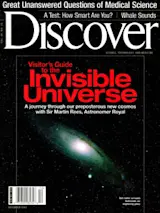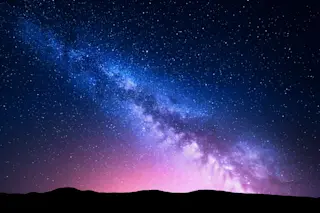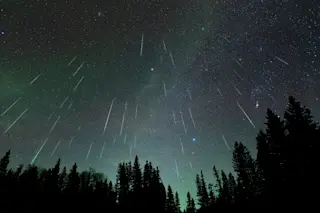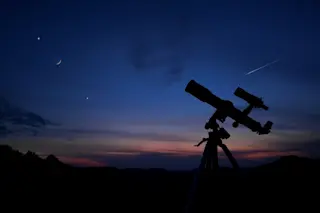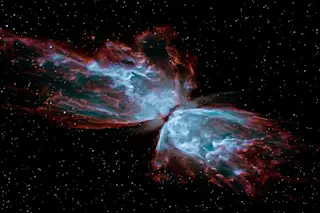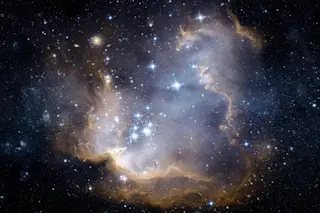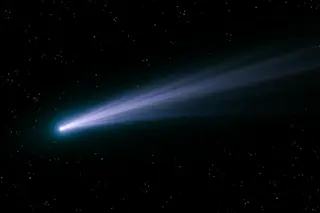Photograph by Amy Eckert
The 100-inch Hooker telescope in California is now a curious antique, but it remains the most important optical instrument in the world because Edwin Hubble used it in the 1920s to determine that the universe is expanding.
The precision with which we can describe the universe has suddenly become nothing less than astounding. A little more than a year ago, you might have read that the universe is somewhere between 10 billion and 15 billion years old. Thanks to the WMAP satellite, launched in June 2001, we recently learned the universe’s precise age—13.7 billion years. That single piece of information has a cascading effect. It removes a variable from thousands of other research projects under way, making each and every one of them incredibly more valuable because their results will be incredibly more precise.
The satellite has made another remarkable contribution to science by helping us ...


